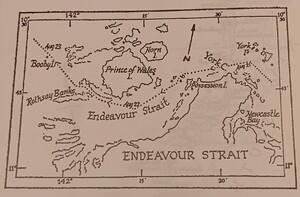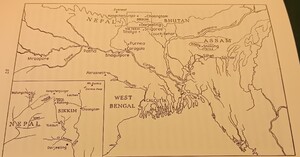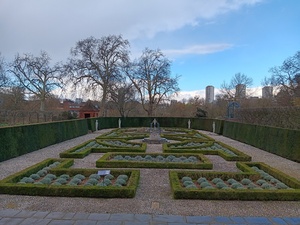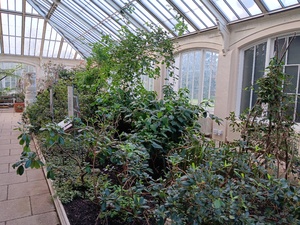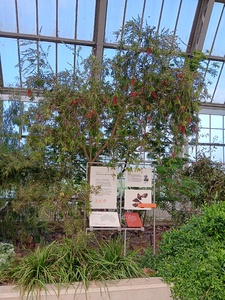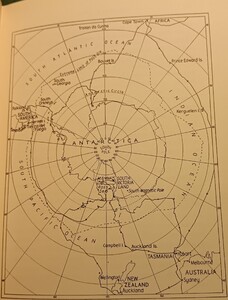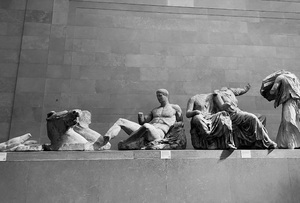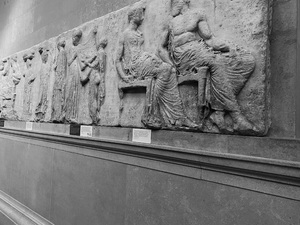
Browse Items (226 total)
Sort by:
-
Map of the HMS Endeavour's path through New South Wales.
"Track of H.M.S. Endeavour exploring part of the coast of New South Wales, 19 April–21 May 1770. Reproduced from 'The Endeavour Journal of Sir Joseph Banks, 1768–1771'." -
Map of the HMS Endeavour's path through the coast of New South Wales.
"Track of H.M.S. Endeavour exploring part of the coast of New South Wales, 17 May–25 August 1770. Reproduced from 'The Endeavour Journal of Sir Joseph Banks, 1768–1771'." -
Map of the HMS Endeavour's path through the Endeavour Strait.
"Track of H.M.S. Endeavour and the passage through Endeavour Strait, 21 August–23 August 1770. Reproduced from 'The Endeavour Journal of Joseph Banks, 1768–1771'." -
Map of north-eastern India and the Kangchenjunga area.
"Map of north-eastern India and the Kangchenjunga area (inset) where Joseph Hooker did much collecting." -
View of the Queens Garden behind Kew Palace.
Built as tribute for Queen Charlotte, it showcases the style of plants that flourished during her era. -
Himalayan Plant bed in the Temperate House at Kew gardens.
A photo of a plant bed in the Temperate House showcasing a collection of plants from the Himalayas. From 1847-1851, J.D. Hooker collected over 5,000 specimens from the Himalayan range. -
Feather-leaved banksia plant bed at Kew gardens.
A photo of Banksia Brownii (the feather-leaved banksia), a plant indigenous to the far south-western corner of Western Australia. It is currently listed as critically endangered with an estimate of only 1,000 plants in the wild. -
Map of J.D. Hooker's travels in the Southern Hemisphere.
"Map to illustrate Hooker's travels in the Southern Hemisphere, the black line with arrows showing the route taken by Erebus and Terror under the command of Captain James Clark Ross." -
Eastern Pediment Parthenon Sculpture
Eastern pedimental sculpture from the Parthenon depicts the birth of Athena from the head of Zeus. Much of the sculpture from the ancient structure is severely damaged from the passage of time, as well as an explosion, which occurred inside the Parthenon in 1687, as a result of the Turks storing gunpowder inside of the structure. The freestanding sculptures are currently on display in Room 18 of the British Museum in London, England. -
Frieze from the Parthenon
The British Museum currently has 247 feet (75 m.) of the original Parthenon frieze within their permanent collection. The frieze was the sculpted high-relief, which adorned the upper part, or naos of the Parthenon. In the exhibit space, each section of the frieze has a placard, which describes the scene depicted on the section of frieze as well as the cardinal direction and number in the frieze series. The marble frieze, which dates c. 438- 432 BC, depicts a Panathenaic procession.


